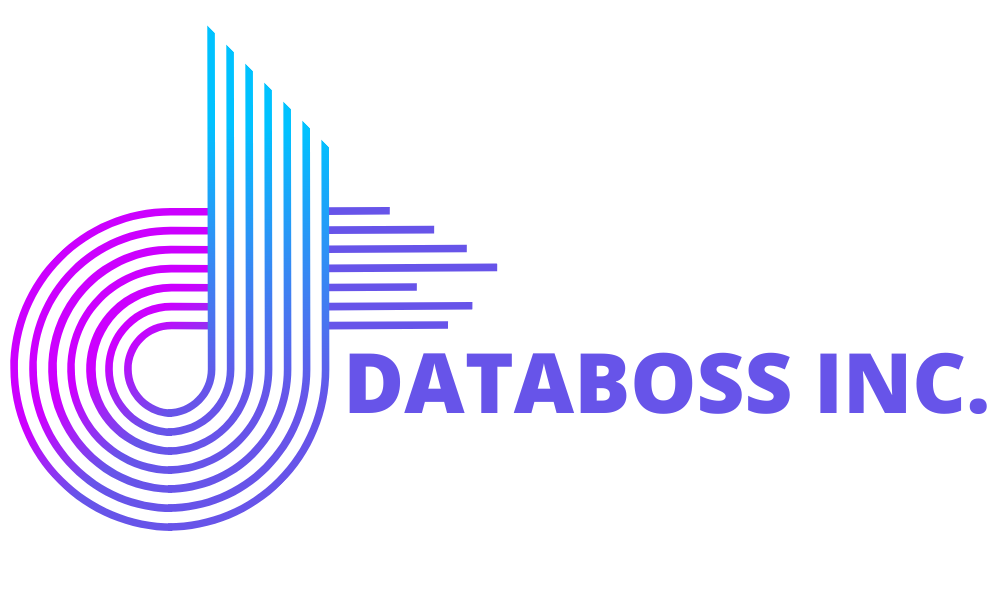In recent years, Special Purpose Acquisition Companies (SPACs) have gained significant traction as an increasingly popular financing option, particularly in the United States. Offering an alternative route to traditional Initial Public Offerings (IPOs), SPACs have become a subject of considerable interest in corporate circles, on Wall Street, and in the media. Despite their long history in various forms, the past two years have witnessed an explosive surge in SPAC prevalence. Essentially, a SPAC is a publicly traded corporation formed with the specific purpose of merging with a privately held business, thereby enabling it to go public. These companies primarily raise funds from public-equity investors, presenting a potentially derisked and expedited IPO process with more favorable terms for target companies compared to conventional IPOs. The formation of a SPAC involves the incorporation of the company as a publicly traded entity under the laws of a jurisdiction, often in the United States, and entails filing necessary paperwork, including articles of incorporation, with the appropriate regulatory authorities.
Creating a Special Purpose Acquisition Company (SPAC)
The process of establishing a SPAC encompasses several crucial steps, all of which necessitate strict adherence to specific regulatory procedures and paperwork. It begins with experienced investors, referred to as sponsors, forming the SPAC and assembling its management team. The SPAC is incorporated with a designated focus or industry target, laying the groundwork for its future operations. The next critical stage involves filing the S-1 Registration Statement with the Securities and Exchange Commission (SEC), an essential document containing comprehensive information about the SPAC’s purpose, management structure, financial details, and potential risks. Following SEC approval, the SPAC launches its Initial Public Offering (IPO), selling shares to the public at a fixed price, usually set at $10 per share. The capital raised during the IPO is placed into a trust account, kept separate from the SPAC’s operational funds, until a suitable merger target is identified. Subsequently, the SPAC’s management team actively searches for a private company to merge with, ensuring that the selected target aligns with the criteria outlined in the SPAC’s IPO documents. Once a target is identified, negotiations on merger terms, including valuation and ownership structure, commence. Shareholders are given the opportunity to vote on the proposed merger, and if a majority approves, the merger proceeds. The successful completion of the merger transforms the private company into a publicly traded entity, listed on a stock exchange, and subject to all public company reporting requirements. Throughout the entire process, strict compliance with SEC regulations and disclosure requirements is of paramount importance, underscoring the necessity of engaging experienced legal and financial advisors to ensure a seamless and successful SPAC creation.
The Stakeholders
The SPAC ecosystem comprises three primary stakeholder groups: sponsors, investors, and target companies. Each group holds unique concerns, needs, and perspectives that significantly influence the dynamics of the SPAC process. While SPACs have garnered considerable attention and interest, they have also faced skepticism and concerns. Research suggests that SPAC investors may not be reaping as many benefits as the creators of SPACs. Additionally, the involvement of celebrities and public figures in SPACs has raised doubts about the long-term viability of these investment vehicles.
Initial Concerns and Due Diligence
Despite their troubled beginnings associated with penny-stock fraud in the 1980s, SPACs have evolved into a more sophisticated industry. Seasoned investors and established firms are now actively launching SPACs, leading to improved investment performance and a focus on higher-quality target companies. Sponsors play a critical role in the SPAC process by investing risk capital to cover operating expenses. Their success hinges on their ability to identify suitable merger targets, execute successful deals, and complete the merger with a private company within the specified timeframe. Successful mergers grant sponsors shares in the combined entity, while failure could result in losing both their risk capital and invested time. In light of these considerations, conducting thorough research on the SPAC’s management team, sponsors, and the targeted industry is vital. Reviewing the IPO Prospectus, also known as the Form S-1, provides valuable insight into the SPAC’s purpose, investment strategy, and risk factors.
Investing in a SPAC
Investors interested in SPACs can participate during the IPO period by purchasing shares at the offering price, typically set at $10 per share. If they miss the IPO, they can still buy SPAC shares on the secondary market through a brokerage account. The price of SPAC shares may fluctuate above or below the IPO price based on market demand and investor sentiment. SPACs often issue warrants alongside common shares during the IPO, giving holders the option to purchase additional shares at a predetermined price in the future. Evaluating the risks and potential rewards associated with holding warrants is essential, as they can add complexity to the investment. SPAC investors also have the right to redeem their shares for a portion of the trust account value before a merger is completed, usually around $10 per share plus interest. While the redemption option allows investors to exit their investment if they disagree with the proposed merger, it also means forfeiting any potential gains from the merger. Staying informed about the SPAC’s progress in identifying a target company and negotiating a merger is crucial. Monitoring updates or announcements made by the SPAC’s management provides valuable insights. Once a merger target is announced, shareholders have the opportunity to vote on the proposed merger by reviewing the proxy statement and casting their votes. After the merger is completed, the SPAC is transformed into a publicly traded company, with the acquired business becoming its new entity. Assessing the new company’s prospects and performance is critical, as it would be for any other investment. It is essential to recognize that investing in SPACs carries both potential rewards and risks. Conducting thorough research, understanding the SPAC’s investment strategy and potential target, and evaluating risk tolerance are crucial steps in making well-informed investment decisions. Seeking advice from a financial advisor can further enhance the decision-making process.
Listing a SPAC and Business Combination
The IPO marks the entry of the SPAC into the public market, where it offers shares to investors at a fixed price of $10 per share. The proceeds from the IPO are kept in a trust account, separate from the SPAC’s operational funds. Following the IPO, the SPAC’s shares are listed on a stock exchange, such as the NYSE or NASDAQ, and assigned a unique ticker symbol. The SPAC then embarks on a quest to identify a target operating company for a business combination within a specified timeframe, typically two years. Successfully identifying a target company and negotiating a merger lead to the completion of the business combination, wherein the target company becomes part of the SPAC, transforming it into a publicly traded entity. Post-merger, the combined company’s shares continue trading under the original SPAC ticker symbol, reflecting the new entity’s name and operations, provided it complies with stock exchange listing requirements. Listing a SPAC requires meticulous adherence to regulatory and compliance steps to safeguard investor interests and promote transparency. Prospective investors are advised to diligently review the IPO prospectus, conduct due diligence, and assess the SPAC’s investment strategy before making investment decisions.
Effect on the Markets
SPACs are poised to exert a lasting positive influence on capital markets, notwithstanding the prevailing concerns. These investment vehicles offer both investors and target companies an array of compelling financing opportunities, rivaling traditional avenues such as venture capital, private equity, direct listings, and conventional IPOs. As a result, SPACs foster innovation and drive growth across diverse industries. Presently, SPACs predominantly target disruptive entities within the consumer, technology, or biotech sectors. These companies, often characterized by speculative natures and significant capital demands, find SPACs to be a viable avenue for raising funds, thus stoking innovation across various sectors. Investors, primarily comprising institutional players, actively partake in the SPAC journey by acquiring shares before the target company’s identification. Additionally, they are granted warrants, a pivotal determinant in assessing the perceived risk of the SPAC. Investors’ motivations vary, with some seeking high returns while others pursue a risk-free avenue to evaluate investments in private companies.
Recent empirical findings highlight the robust performance of post merger SPACs, outperforming the S&P 500, especially during the period from January 2020 to the first quarter of 2021. However, the inherent volatility of the SPAC market underscores the importance of astute market analysis and well-timed decision-making. SPACs offer target companies an array of compelling advantages over traditional funding avenues, including elevated valuations, minimized dilution, expedited access to capital, heightened certainty, and enhanced transparency. The comparably swifter timelines of the SPAC process, lasting between three to five months, also avoid the conflicts of interest commonly encountered in traditional IPO scenarios. Given the diverse motivations and objectives of all stakeholders involved, adept negotiation skills are essential in achieving mutual value creation for both target companies and investors, ultimately culminating in a successful combination. For example, post merger data from the first quarter of 2021 reveals that SPACs have outperformed the S&P 500, registering an impressive 47% surge compared to the S&P 500’s 20% increase, showcasing the potential of SPACs to yield favorable outcomes for investors.
However, amidst ever-changing market dynamics, diligent analysis and strategic timing remain indispensable for attaining success in the SPAC domain. Through effective negotiation and discerning selection of sponsors, target companies can maximize their appeal to potential investors, thereby securing advantageous terms and realizing optimal value from the SPAC process. Despite concerns and challenges, SPACs are here to stay and offer significant benefits for investors and target companies. As the SPAC ecosystem evolves, continuous attention and vigilance are necessary to navigate the rapidly changing landscape successfully.





